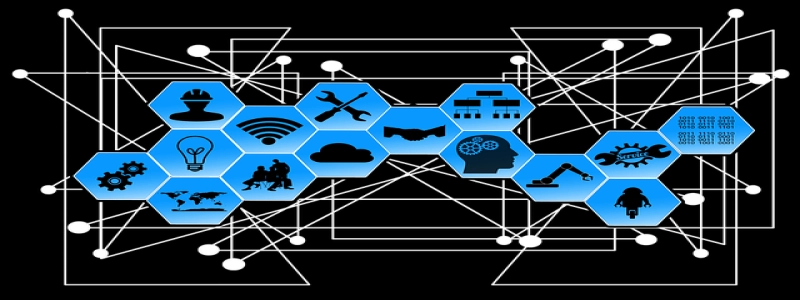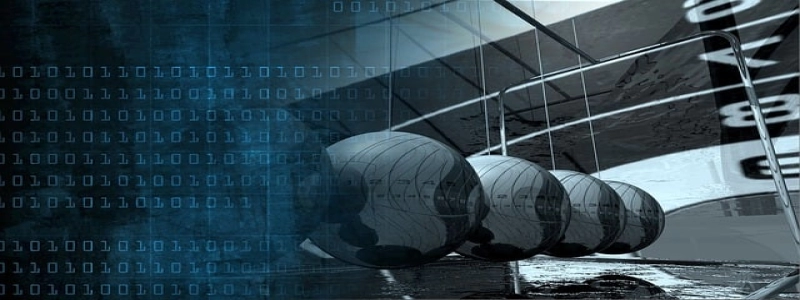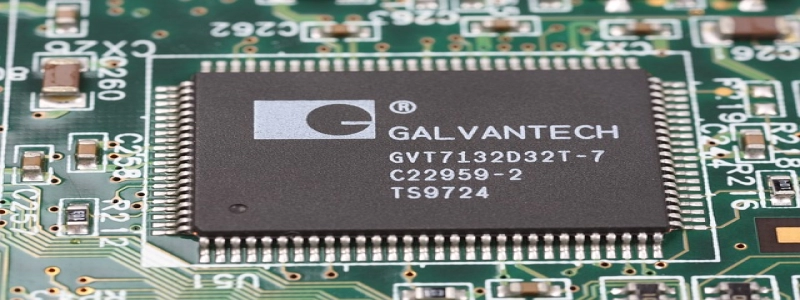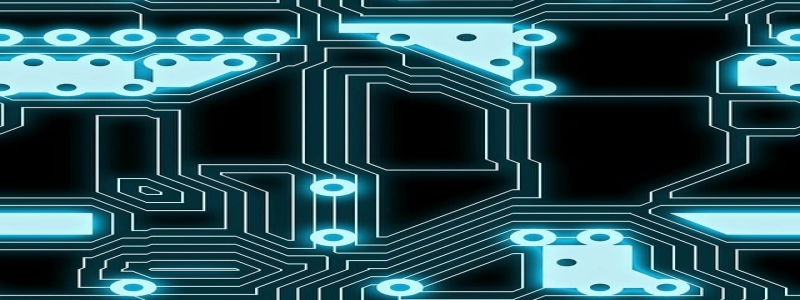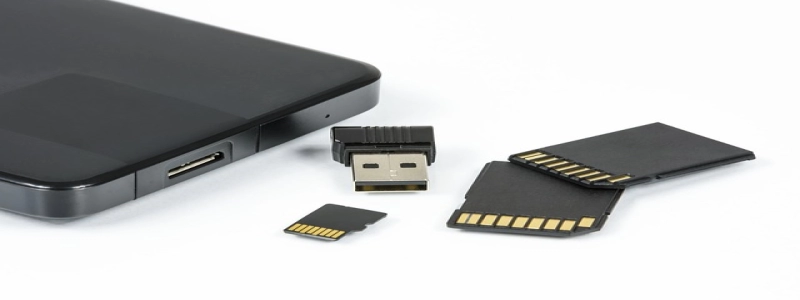How Long Do Ethernet Cables Last?
Introduction:
Ethernet cables are an important component of network connectivity infrastructure. They are used to establish a wired connection between devices and ensure fast and reliable data transfer. However, like any other piece of technology, Ethernet cables have a limited lifespan. This article aims to explore the factors that determine the longevity of Ethernet cables and provide guidelines on how to make them last as long as possible.
I. Types of Ethernet Cables:
1. Category 5e (CAT5e) cables
– Suitable for speeds up to 1000 Mbps (1 Gbps)
– Typically used for home networks and small businesses
2. Category 6 (CAT6) cables
– Supports speeds up to 10 Gbps
– Ideal for gaming, video streaming, and large office networks
3. Category 6a (CAT6a) cables
– Capable of delivering speeds up to 10 Gbps at longer distances compared to CAT6
– Often used in data centers and high-performance applications
II. Factors Affecting Ethernet Cable Lifespan:
1. Cable Quality:
– Higher quality cables tend to have more durable materials and better insulation, resulting in a longer lifespan.
– Thicker cables with robust shielding offer better protection against interference, which can prolong their lifespan.
2. Usage Environment:
– Cables exposed to extreme temperatures, humidity, or direct sunlight are prone to deterioration.
– Environmental factors such as dust, moisture, and physical stress can also impact cable longevity.
3. Frequency of Movement:
– Frequent movement and bending of cables can cause wear and tear, leading to reduced lifespan.
– Proper cable management, such as avoiding tight bends and using cable ties, can minimize strain on the cables.
4. Installation Quality:
– Poorly installed cables are more susceptible to damage, signal loss, and premature failure.
– Adequate cable support, proper termination, and correct cable length are essential for maximizing lifespan.
III. Signs of Cable Degradation:
1. Slower Data Transfer Speeds:
– As cables age, they may suffer from increased signal loss, resulting in a noticeable slowdown in data transfer rates.
– Regular speed tests can help monitor cable performance and identify potential degradation.
2. Intermittent Connectivity Issues:
– Worn-out cables may cause intermittent connection problems, leading to dropped connections or network instability.
– Troubleshooting network connectivity and replacing cables if necessary can resolve these issues.
3. Physical Damage:
– Frayed, kinked, or damaged cables are clear indicators of degradation and require immediate replacement.
– Inspecting cables periodically for visible signs of wear and tear is crucial to ensuring network reliability.
IV. Extending Ethernet Cable Lifespan:
1. Regular Maintenance:
– Cleaning cables with compressed air and ensuring proper cable management can prevent dust and strain from accumulating, resulting in a longer lifespan.
2. Upgrading to Higher Categories:
– Upgrading to higher category cables, like CAT6 or CAT6a, can future-proof your network, ensuring it can support faster speeds and technologies for years to come.
3. Proper Storage:
– Storing spare cables in a cool, dry place away from direct sunlight can prevent premature degradation.
4. Utilizing Cable Protectors:
– Cable protectors and conduits can shield cables from physical damage in areas with heavy foot traffic or other potential hazards.
Conclusion:
Ethernet cables, although finite in lifespan, can last many years if properly maintained and cared for. Understanding the different cable categories, identifying signs of degradation, and implementing preventive measures can help maximize their lifespan. By doing so, you can ensure a reliable and efficient network connection for your home or business.
